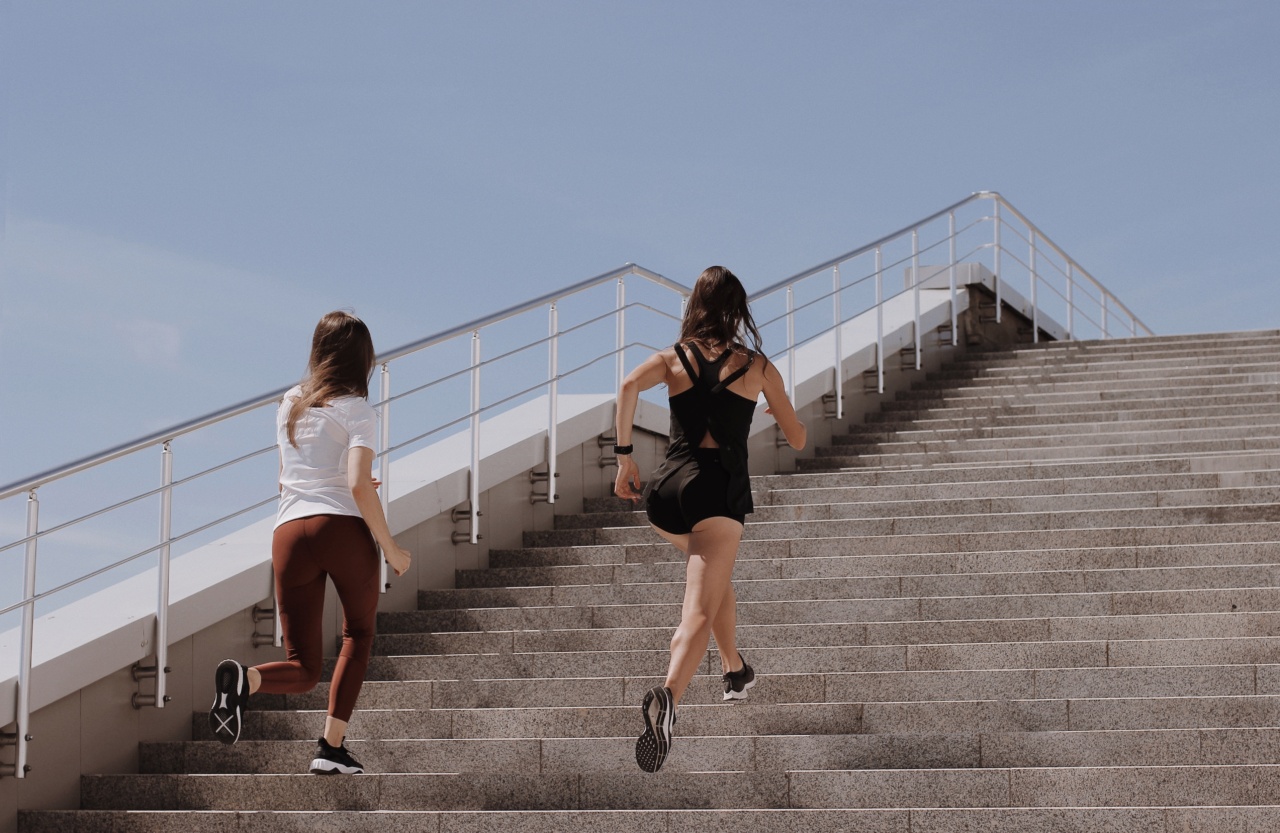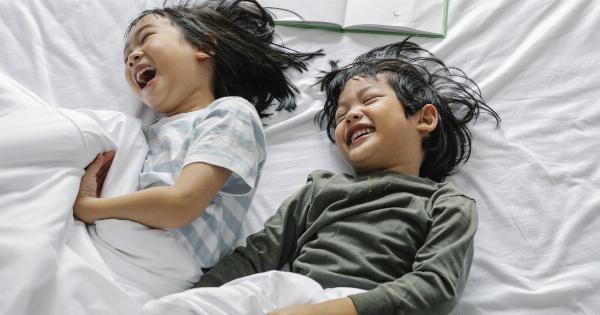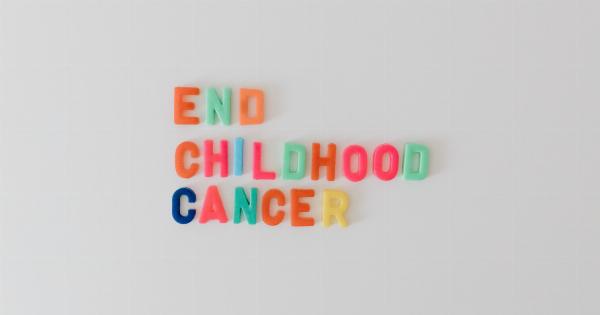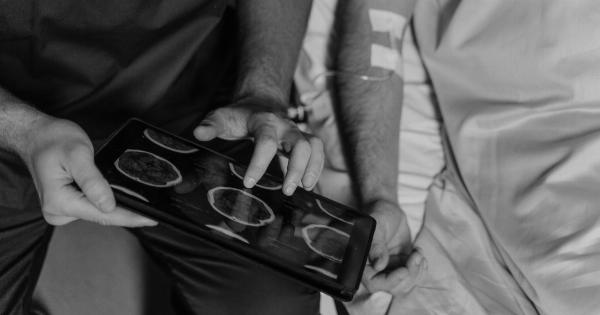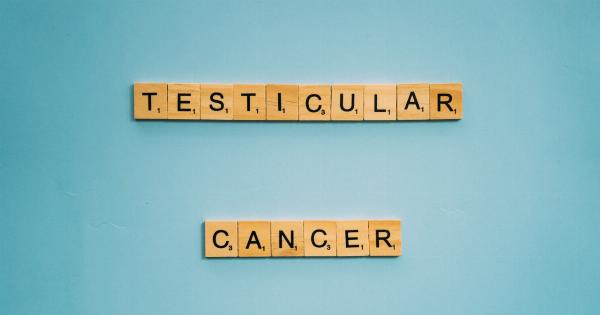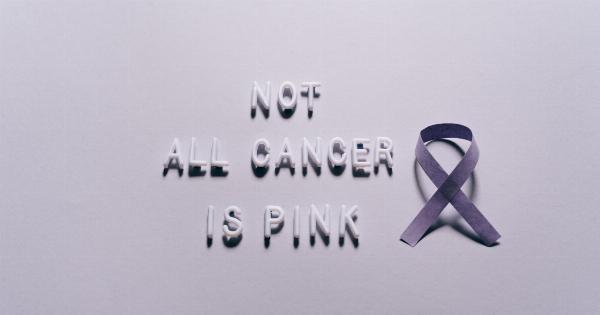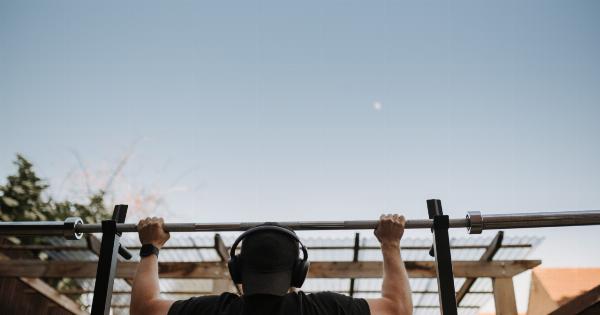Athletic activity is often praised for its numerous health benefits, including improved cardiovascular fitness, enhanced muscle strength, and increased overall well-being.
However, recent studies have suggested a concerning link between intense athletic training and the rise in third testicle incidences among men. Doctors around the world are seeing an alarming increase in cases, forcing them to investigate the potential causes and evaluate the long-term consequences of this condition.
The Mysterious Phenomenon: Third Testicle
A third testicle, also known as triorchidism or tritestes, is an extremely rare condition in which a person possesses three testicles instead of the usual two. It is estimated that only 1 in every 5.5 million men is affected by this anomaly.
While most cases of triorchidism are congenital, occurring during fetal development, an upsurge in acquired third testicles has left the medical community perplexed.
Typically, the presence of a third testicle has been associated with various genetic disorders such as Klinefelter syndrome, Down syndrome, and testicular cancer.
However, the recent increase in acquired third testicles suggests a potential environmental or lifestyle catalyst.
The Link with Athletic Activity
Doctors have observed a striking correlation between the rise in third testicle incidences and intense athletic activity, particularly among professional athletes, marathon runners, and weightlifters.
This correlation has led experts to believe that the physical stress and strain placed on the testicles during vigorous exercise might trigger the development of an additional testicle.
When a man participates in high-impact activities, the testicles are subjected to excessive pressure, intense vibrations, and repetitive trauma.
These factors, combined with increased blood flow to the area, create an environment that may disrupt the normal development and function of the male reproductive organs.
Furthermore, some reports suggest that the use of performance-enhancing substances, such as anabolic steroids, common among athletes aiming to boost their performance, may also contribute to the development of a third testicle.
These substances can disrupt hormonal balance and interfere with the normal growth and maturation of the reproductive system.
The Potential Health Implications
While the presence of a third testicle may not pose an immediate threat to a person’s health, its long-term implications are relatively unknown.
Doctors are concerned that individuals with triorchidism may face an increased risk of testicular cancer, fertility issues, hormonal imbalances, and sexual dysfunction.
Testicular cancer, in particular, is a significant concern as several studies have shown a higher prevalence of this malignancy among individuals with triorchidism.
The abnormal development of testicles and potential genetic predispositions may contribute to the increased susceptibility to testicular cancer.
Furthermore, fertility problems are also a worrying factor. Although the functionality of the additional testicle is not yet fully understood, it may interfere with sperm production, quality, or delivery.
This could lead to difficulties in conceiving children and may require assisted reproductive technologies for those affected by triorchidism.
Prevention and Treatment
Preventing the development of a third testicle currently poses a challenge, as the exact cause and mechanism behind this phenomenon are not yet clearly understood.
However, several measures can be taken to minimize the risks associated with intense athletic activity:.
1. Adequate Rest and Recovery
Giving the body enough time to rest and recover between intense workouts is crucial for overall health and injury prevention. Incorporating rest days into training schedules can help reduce the strain on the reproductive organs.
2. Proper Warm-up and Stretching
A thorough warm-up routine and targeted stretching exercises before workouts can enhance flexibility, reduce the risk of injuries, and potentially alleviate excessive stress on the testicles.
3. Protective Gear
Wearing appropriate protective gear, such as athletic cups or supportive jockstraps, can help minimize the impact and vibrations experienced during physical activities.
4. Avoidance of Performance-Enhancing Substances
Avoiding the use of performance-enhancing substances is not only essential for maintaining fair competition but also for safeguarding overall health and minimizing potential disruptions to the reproductive system.
Currently, no specific treatment exists for acquired third testicles. However, individuals diagnosed with triorchidism should consult a urologist or a reproductive specialist for regular monitoring and to discuss any potential risks or concerns.
The Importance of Further Research
Given the significant increase in acquired third testicles among athletes, further research is crucial to understand the underlying causes, consequences, and potential preventative measures.
Comprehensive studies involving both professional athletes and recreational fitness enthusiasts would provide valuable insights into this perplexing phenomenon.
Conclusion
The rise in third testicle incidences among men engaged in intense athletic activity is a concerning issue that cannot be ignored.
While the exact relationship between athletic activity and the development of an extra testicle remains to be fully elucidated, it is essential for doctors and researchers to address this anomaly. By investigating the causes, potential health implications, and preventive measures, the medical community can ensure the overall well-being and reproductive health of athletes and individuals who engage in vigorous physical exercise.
